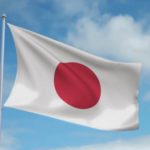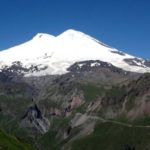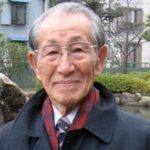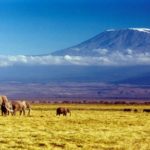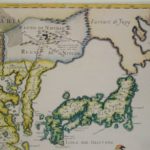Interesting facts about Fujiyama
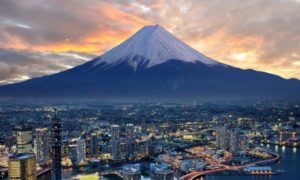 Mount Fuji, or simply Fuji, is as bright a symbol of Japan as the cherry blossom of cherry blossoms. For the Japanese, Fujiyama is sacred, and numerous Buddhists and Shintoists from all over the country make pilgrimage to this place. In addition, Fuji is one of the most common themes in Japanese art, whatever it was about – about paintings or versification.
Mount Fuji, or simply Fuji, is as bright a symbol of Japan as the cherry blossom of cherry blossoms. For the Japanese, Fujiyama is sacred, and numerous Buddhists and Shintoists from all over the country make pilgrimage to this place. In addition, Fuji is one of the most common themes in Japanese art, whatever it was about – about paintings or versification.
Fujiyama is a volcano, and active. True, the last time he erupted more than three hundred years ago. Now on the top of Fujiyama there is a Shinto shrine, a post office and a meteorological station.
The highest point in all of Japan is the peak of Fujiyama. Height – 3776 meters above sea level.
Modern Fujiyama began to form about ten thousand years ago, when the volcano began to grow.
During the last eruption, the ash, thrown into the air, covered the streets of the city of Edo, located 90 kilometers from the volcano. Currently, in place of Edo is Tokyo.
Ten months in the year the top of Fujiyama is covered with snow.
The most visited area of the mountain, and at the same time the most popular resort in all of Japan – the Five Fuji Lakes, located at the foot.
Despite the popularity of Fujiyama in Japanese art, there is not a single picture that depicts the eruption of this volcano.
Hundreds of Japanese companies include in their name the name of the sacred mountain.
Annually Fujiyama is visited by about two hundred thousand people, two thirds of them are Japanese.
On the routes leading to the top of Fujiyama, there are only paid public toilets in Japan. All the rest are free.
Fujiyama is a private domain. Back in 1609, the then-ruled shogun passed the mountain to the Great Temple of Hong Sengen, and in 1974 the Japanese Supreme Court re-recognized the authenticity of this document.
The lowest temperature ever recorded on Fujiyama is minus 38 degrees Celsius.
Some Japanese Buddhists believe that Fujiyama represents a gateway to another world.



